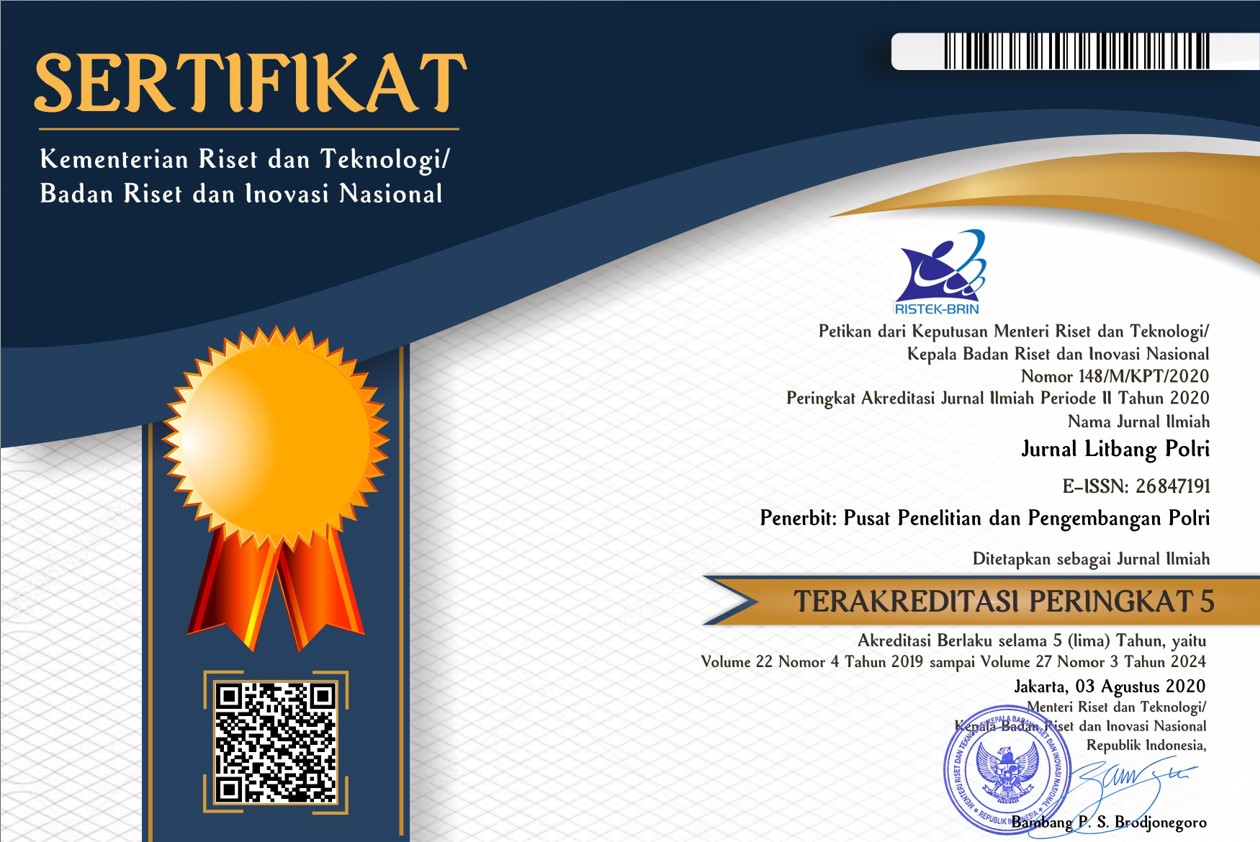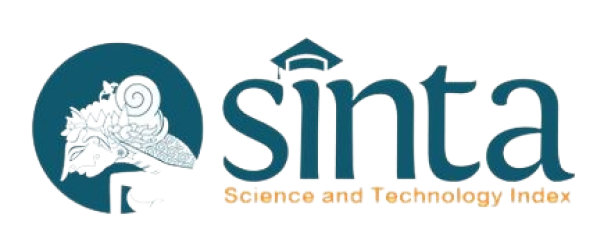Crossmark Policy
Article Versioning, Corrections, Retractions, and Expressions of Concern
Article Versioning and DOI Assignment
All articles published in [Journal Name] are assigned a DOI and are published permanently. This applies regardless of the outcome of post-publication peer review.
All content, including articles that have not yet (or not fully) passed peer review, is permanently archived on the [Journal Name] OJS platform. All versions of peer-reviewed articles are preserved in the Journal Archive section.
Authors may revise, update, and publish new versions of their articles, which will be added to the article’s version history. However, once published, individual versions cannot be altered or withdrawn and will remain permanently available on the website. [Journal Name] participates in the CrossMark initiative, a multi-publisher program that helps readers identify the current version of an article. Through CrossMark, we commit to maintaining the integrity of the published content and informing readers of any updates or corrections.
By clicking the CrossMark logo at the top of each article, readers will be directed to the most recent version available and may access additional metadata, such as article history and relevant dates.
Corrections to Articles
In traditional journals where articles are peer-reviewed before publication, corrections (or errata) are published to inform readers of errors discovered after the final version is released.
In contrast, articles in [Journal Name] undergo post-publication peer review and are not considered “final” as new versions may be published at any time. Errors identified during the review process may be noted in reviewer reports published alongside the article. Authors are encouraged to submit revised versions, and any known issues may be corrected in these updated versions. All changes from previous versions will be summarized in the ‘Amendments’ section at the beginning of the latest version.
Article Retractions
Articles may be retracted for reasons including, but not limited to:
- Honest errors reported by the author (e.g., mistaken data, faulty equipment)
- Research misconduct (e.g., data fabrication or falsification)
- Duplicate or overlapping publication
- Use of falsified data
- Clear cases of plagiarism
- Unethical research practices
For each retracted article, a retraction notice will clearly state the reason and the party responsible for initiating the retraction. The notice will be linked to the retracted article (which typically remains available on the site), and the article itself will be watermarked or labeled as retracted, including on its PDF version.
Retractions are typically made upon the request of the authors or the publisher following an institutional investigation. In the [Journal Name] publication model, as in traditional journals, retracted articles are not considered “unpublished” and cannot be resubmitted elsewhere. Retractions indicate that the work, in part or in full, should not be considered reliable scientific literature.
Content is only removed if legal constraints are imposed on the publisher, copyright holder, or authors—such as in cases of defamatory content, infringement of legal rights, or court orders. Even in such cases, the article’s bibliographic information will remain on the website, along with a statement explaining the reason for content removal.
In extremely rare cases where a published version contains serious inaccuracies or false data that could pose health or safety risks, the original version may be removed and replaced with a corrected version. A clear explanation of the partial removal will be provided.
Editorial Notes
If there is an unresolved issue related to an article, an Editorial Note may be published to alert readers. This may be issued, for example, if [Journal Name] receives credible information about a breach of research or publication ethics or if serious disputes arise among authors or between authors and third parties. Editorial Notes are typically visible while investigations are ongoing, until a final resolution is reached (e.g., through a revised version or article retraction).
Expressions of Concern
In rare circumstances, [Journal Name] may issue an Expression of Concern linked to an article if there are substantial doubts but insufficient evidence to warrant retraction. This may occur in situations such as:
- Inconclusive evidence of misconduct
- Evidence of problems with the article, but no institutional investigation
- An investigation is conducted unfairly or does not yield clear results
The Expression of Concern informs readers that caution is advised when interpreting or citing the article in question.

 Jalan Raya Tonjong, Desa Cimanggis, Bojonggede, Kabupaten Bogor.
Jalan Raya Tonjong, Desa Cimanggis, Bojonggede, Kabupaten Bogor. 










